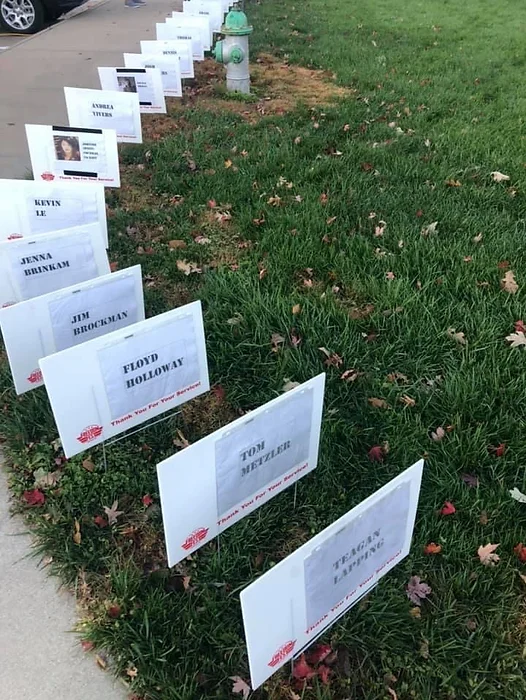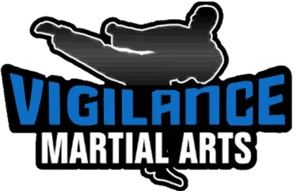On site Foot March
THE NORWEGIAN FOOT MARCH – a badge for Soldiers and Civilians
In the military, there are coveted foreign badges that a Soldier can EARN. These badges are both an honor and bragging right, as well as display rank. Service members and civilians from all over the world are invited to participate in the Kansas Norwegian Foot March and earn the Norwegian Foot March Badge.
Guidelines for Norwegian foot march from the Norwegian Embassy in Washington DC, Office of the Defense Attaché
EVENT HISTORY
The Norwegian Foot March was first held in 1915 as a test of marching endurance for soldiers in the Norwegian Army. The original intent of the march was to ensure the Army could quickly move large numbers of soldiers with their essential gear and weapons over long distances and remain combat-ready at their objective. Today, the march is still practiced by the Norwegian military, but also used to promote long distance hiking and physical fitness among Norway’s allies and many civilian populations.
ESSENTIAL MARCH REQUIREMENTS
The march requires participants to complete a 30-kilometer / 18.64-mile course while carrying a rucksack with a dry weight of at least 11 kilograms / 24.25 pounds within a prescribed time according to gender and age. While the modern event no longer requires participants to carry a rifle as part of the weight requirement, organizers may opt to factor weapon weight into their calculations and subtract it from the rucksack weight. Rucksack weight should be verified before the start of the event and after crossing the finish line.
Participants no longer must fulfill the requirement to complete the march before daybreak or complete a full duty day afterward. However, organizers who wish to incorporate these traditional features into their event may do so.
ATTIRE REQUIREMENTS
Military participants must wear their service’s combat uniform and boots for the entire duration of the march. Modifications to uniform standards are allowed so long as they adhere to a service’s applicable regulations (e.g. wear of a combat shirt or Merrell boots) and at the organizer's and local commanders' discretion. Headgear is not required for the march.
The rucksacks used must be issued or meet the equipment standards of the organizer’s military regulations. Civilian participants must wear clothing similar to a military combat uniform (including long pants and boots) with a total weight equal to 1.5 kilograms / 3.3 pounds. Civilians are not required to use a military-issued rucksack and may use a civilian hiking backpack. Using weighted vests, body armor, or weight plate carriers toward the weight requirement is not authorized. Individual participants may wear these items in addition to the rucksack weight requirement, but it is not encouraged.

Checklist for Military Personnel:
Checklist for Civilians:
TRACK:
ROUTE, ENVIRONMENT, AND OTHER REQUIREMENTS
The route should take place on an unimproved road or trail, but may take place on improved surfaces such as roads and pathways. Two route configurations are permitted: out-and-back or circular. An out-and-back route is 15 kilometers long in one direction and requires participants to turn around at the endpoint and return to the start point. Circular routes may use no more than 3 loops in their design (10 kilometers / 6.2 miles).
All routes must have visible distance markers every 5 kilometers / 3.1 miles. A minimum of three water points must be used along the route.
The march cannot be conducted if outdoor temperatures (in the shade) exceed 25° Celsius / 77° Fahrenheit or fall below -15° Celsius / 5° Fahrenheit. Similarly, the march cannot be conducted under hazardous or extreme weather conditions which endanger participants.
Participants may not receive any assistance from the organizers or administrators during the march except for march timing, weighing, provisioning of water or food, and first aid.
DIPLOMAS/PINS:
A pre-signed certificate template will be provided to executing unit when the march is completed, and the embassy has received the results in the correct format stated in the Excel sheet named Check-list officer in charge NFM tab 2 and completed the Memo after conduct v1.3.
Please note that you can earn a pin once per year (it will take you 5 years to earn the gold pin) but you have unlimited tries to complete the march every year.
Bronze - 1st Complete March
Silver - 2nd, 3rd, 4th March
Gold - 5th or More March


Are you participating in honor of a Veteran?
Let us help you Recognize that Veteran! When you register make sure you provide your Veteran's name. Also, we would love to hear your Veterans story. Please send a picture, name, rank and branch, a brief description of their service to: [email protected]
We will post your picture and writeup in the Hero's photo gallery as well as have their name on the sign in our walk of honor at the Freedom Fest Expo.
